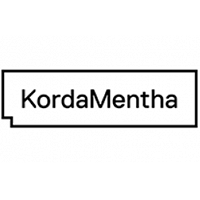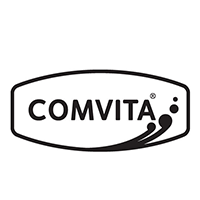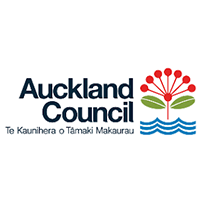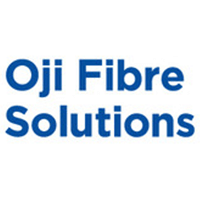Capital Projects: Project Pre-Mortem. Anticipate Failure To Win

Business Case Disappoints
The original business case guranteed financial returns. Moreover, certain productivity improvements. But expectations were not met.
This could indeed be due to an inadequate business case.
Especially, if the business case was indeed overly optimistic. A great case study is the Edinburgh Tram Inquiry. It established that inadequate business case analysis was a major contributory factor to not meeting expected outcomes.
Capital Projects Success Rate
Only 60% of capital projects meet all their objectives after completion. That success rate is not much better than a 50/50 coin-flip.
How can future disappointment be prevented? How can the risk of failure be reduced?
One way of avoiding future pain is to carry out a Capital Project Pre-Mortem.
What is a Project Pre-Mortem?
The project pre-mortem is the opposite of a post-mortem.
Generally, a post mortem is carried ot to detect the cause of death.
A pre-mortem is quite the opposite.
Esssentially, placing oneself into the future and looking back.
To anticipate the future. Comparable to imaginary time travel.
Risk Reduction
The pre-mortem method is a fine risk reduction tool.
Gary Klein, a cognitive psychologist, developed the pre-mortem method to asses project risks before actually starting a project.
Apparently, it is Daniel Kahneman’s favorite approach to making better decisions.
Capital Project Pre-Mortem
The pre-mortem helps to identify risks at the early planning stage of a capital project.
Basically, a simple yet effective process that increases the chances of success.
Surprisingly, one prepares for failure to achieve success.
Pre-Mortem Process
Capital projects have many internal and external variables.
It’s difficult to foresee all possible obstacles. A crystal ball is usually not at hand.
However, with this method, one can envisage unfavorable outcomes.
Working on a large data storage project with a German car manufacturer I applied the pre-mortem process regularly.
How does it work?
The stepped process is straightforward:

Firstly, the pre-mortem team meets before a project starts.
Secondly, the team imagines what could happen to cause the project to fail.
Then, the team then works backward to create a plan to prevent potential obstacles. Therefore increase the chances of success.
An effective way of combatting cognitive bias. Reducing project risk. At the outset.
Team Rules
Consequently, each team member must be able to voice their opinion. Without repercussions. Quite the opposite. They ought to be applauded for their courage and insight.
Addionally, this an excellent opportunity to gather vital insights about team dynamics. Before engaging in the actual project.
“Teams solve problems collectively and share accountability for the outcomes are better at meeting deadlines than those teams that rely on individuals to make decisions.”*
It is also advantageous to invite independent team members that can add the outsider’s view and act as the devil’s advocate.
Pre-Mortem Benefits
- Helps future project teams to identify potential negative outcome complications early
- Keeps over-optimism at bay. It prevents focussing narrowly on pet projects
- Spots weaknesses in the capital project assumptions that had not been considered
- Alerts for early signs of stress once the project gets underway
But, Does The Pre-Mortem Deliver?
Yes, it does. The Boston Consulting Group (BCG) in conjunction with Oxford Global Projects conducted an international survey of over a hundred capital project managers. The survey identified 5 best practice lessons from high-performing capital projects during Covid-19.
Specifically, BCG identified the Project Pre-Mortem process for pre-emptive risk assessment.
Envisaging future states based on past experiences creates laernings for project success. Positive or negative. Problems can be identified before they arise.
“Teams must become proficient in sophisticated risk assessment techniques that will force them to search for the impact of unknowns instead of relying solely on experience.”*
Summary
It’s about pain avoidance.
The pre-mortem method helps to iron out potential problems before the real investment is made.
It avoids a painful post-mortem once the asset has been commissioned and results are not meeting the forecasted ROIC.
The prospective hindsight process helps project teams to identify risks at the outset.
It aids to reduce potential project failure. Particularly when there is a chunk of investment money at stake.
Check out how the 4Vs could bolster your decison making
*Boston Consulting Group, Lessons from High-Performing Capital Projects amid COVID-19




















